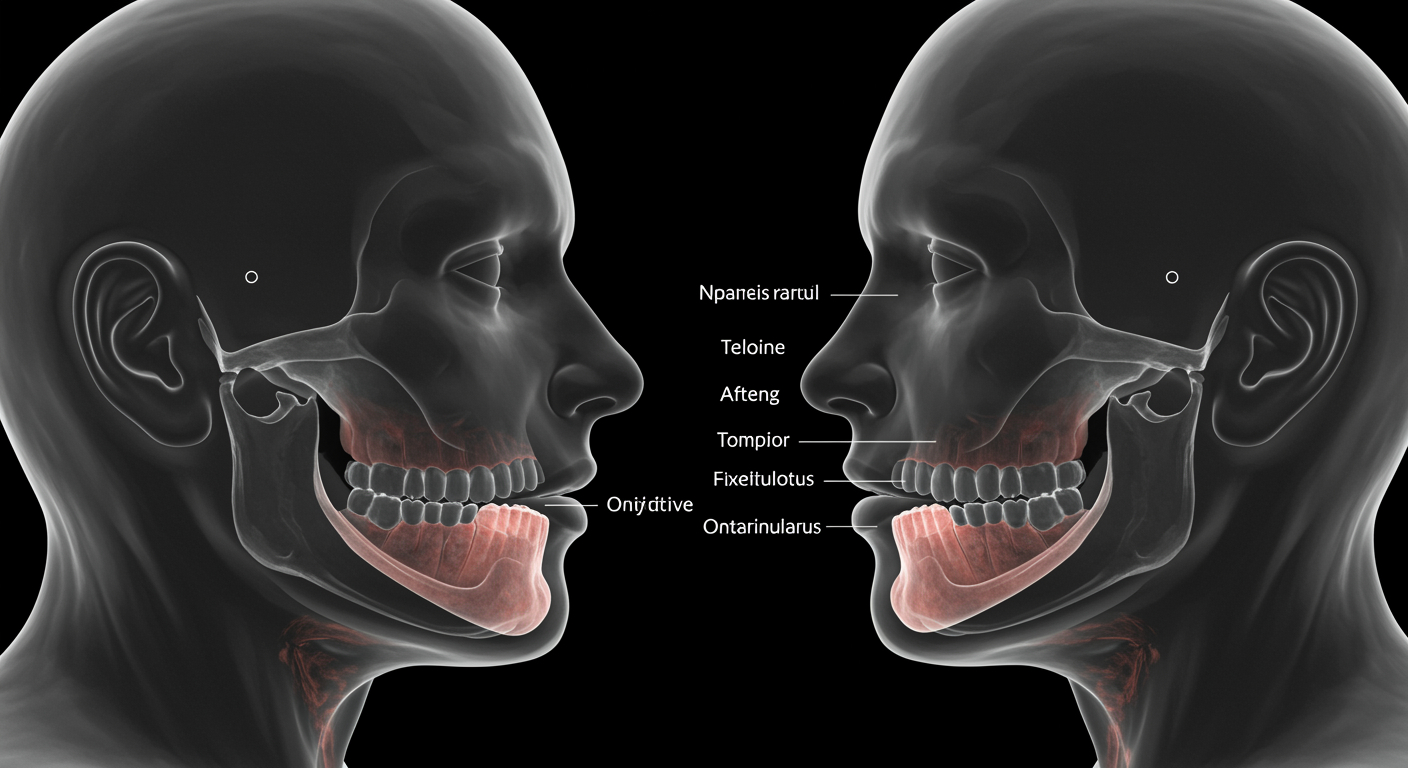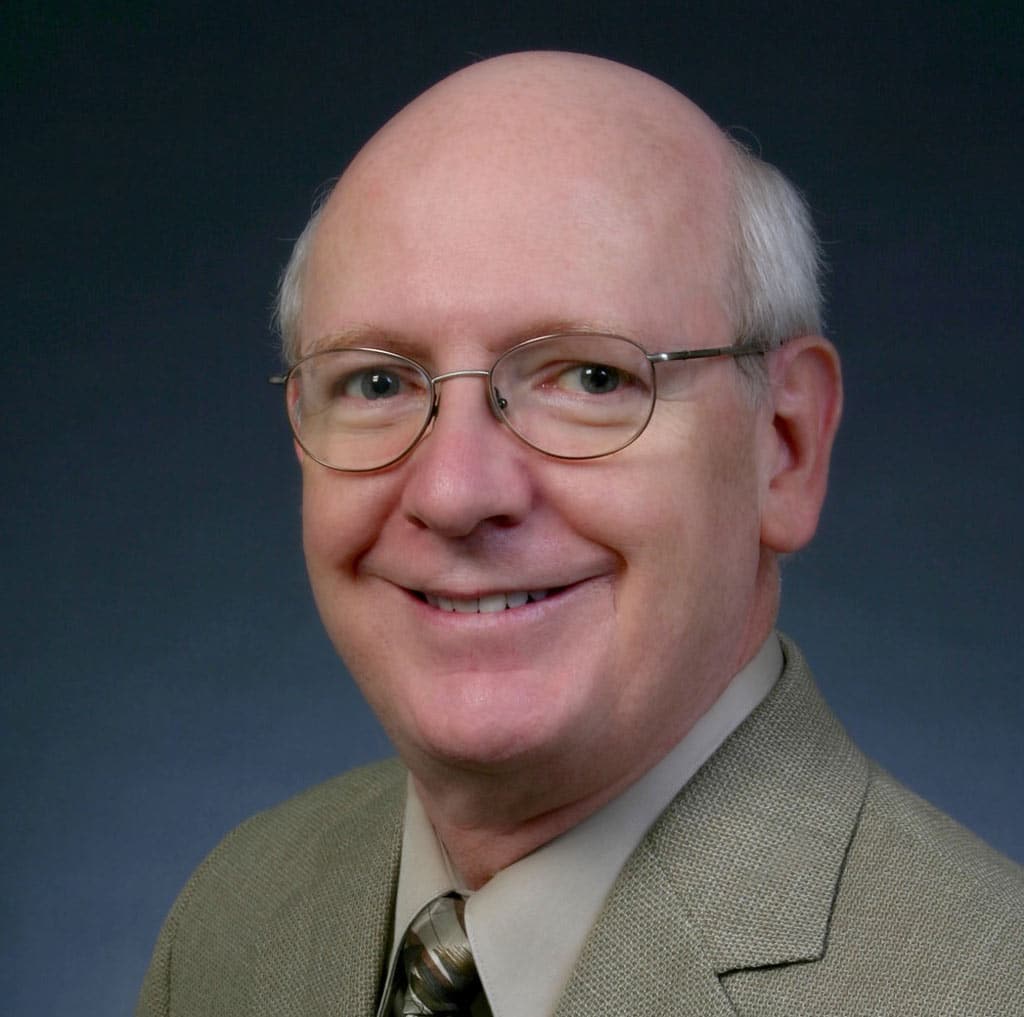When it comes to addressing complex conditions involving the face and jaw, maxillofacial surgery plays a crucial role in modern healthcare. Whether you’re a patient seeking life-changing treatment, a medical student exploring this field, or a dental professional wanting to deepen your knowledge, understanding maxillofacial surgery can offer invaluable insights. This blog explores the scope of maxillofacial surgery, common conditions it treats, and the latest advancements transforming patient care.
What Is Maxillofacial Surgery?
Maxillofacial surgery, also called oral and maxillofacial surgery (OMS), is a specialized field of medical care that focuses on diagnosing and surgically addressing diseases, trauma, and defects in the head, neck, face, jaws, and oral cavity. Maxillofacial surgeons undergo extensive training in both medicine and dentistry, making them uniquely skilled at managing complex facial and oral challenges.
This interdisciplinary field lies at the crossroads of dentistry, surgery, and cosmetic medicine. It encompasses a wide range of procedures, from basic wisdom tooth removal to intricate reconstructive surgeries. Above all, maxillofacial surgery aims to enhance functionality, alleviate pain, and improve aesthetics for patients.
Common Conditions Treated by Maxillofacial Surgery
Maxillofacial surgery addresses various conditions, some of which may be life-altering. Here’s a look at the most common issues that patients seek treatment for:
1. Facial Trauma
Fractured jaws, broken cheekbones, and soft tissue injuries often require urgent attention. Maxillofacial surgeons restore facial symmetry while preserving function.
Example: Patient B sustained severe facial trauma after a car accident. The surgeon skillfully reconstructed fractured cheekbones, restoring both aesthetic symmetry and functionality.
2. Orthognathic (Corrective Jaw) Surgery
Corrective jaw surgeries correct severe bite misalignments, malocclusion, and jaw deformities that impair chewing, speaking, and even breathing.
Example: Patient A underwent corrective jaw surgery for a severe overbite. The operation improved bite functionality while enhancing facial aesthetics.
3. Temporomandibular Joint (TMJ) Disorders
TMJ issues can cause debilitating pain, restricted jaw movement, and clicking noises when chewing. Maxillofacial surgeons often treat TMJ disorders through minimally invasive techniques or joint replacement surgeries.
Example: Patient D experienced years of jaw pain but saw significant relief and improved mobility after undergoing TMJ surgery.
4. Oral Diseases and Tumors
Benign cysts, malignant tumors, or lesions in the oral cavity often require surgical removal. This process requires precision, particularly to minimize damage to nearby tissues.
Example: Patient C had a complex facial tumor removed with remarkable success, leaving minimal scarring while ensuring all tumor cells were eradicated.
5. Dental Implant Surgery
Maxillofacial surgeons frequently perform dental implant surgeries, especially for patients requiring bone grafting or reconstruction before implants can be placed. This may be necessary in cases of extensive tooth loss or bone resorption.
6. Congenital Issues and Deformities
Conditions like cleft lips, cleft palates, and craniofacial deformities often require maxillofacial surgical care. Early intervention is key to facilitating proper growth and development in pediatric patients.
Overview of Maxillofacial Surgical Procedures
Maxillofacial surgery includes an extensive array of procedures tailored to each patient’s specific condition. Below is an overview of the most notable surgical treatments:
- Jaw Realignment (Orthognathic Surgery): Realigns upper and lower jaws to correct skeletal imbalances. Often used for both medical and cosmetic reasons.
- Facial Reconstruction: Treats trauma or post-surgical reconstruction after tumor removal.
- Dental Implant Placement: Rebuilds oral structure with implants, often involving bone grafting for support.
- TMJ Surgeries: Includes arthrocentesis (joint flushing), arthroscopy (minimally invasive repair), and total joint replacements.
- Cleft Lip and Palate Repair: Corrects congenital deformities that affect speech, breathing, and feeding.
- Tumor and Cyst Removal: Eliminates benign and malignant growths while preserving adjacent structures.
Advances in Maxillofacial Surgical Techniques
The field of maxillofacial surgery is continually advancing, thanks to breakthroughs in technology and innovative techniques. Here are some key advancements shaping the future of care:
- 3D Imaging and Printing
Modern imaging technology allows surgeons to visualize the anatomy in fine detail. Preoperative 3D planning and custom surgical guides ensure precision during procedures, from jaw realignment to implant placement.
2. Minimally Invasive Procedures
Endoscopic techniques have made it possible to treat conditions like TMJ disorders with reduced scarring, faster recovery times, and less postoperative discomfort.
3. Virtual Surgical Planning (VSP)
Surgeons can now simulate complex procedures using VSP software, reducing operation time and improving accuracy. This is particularly useful for orthognathic surgeries and facial reconstructions.
4. Regenerative Medicine
Bone grafting has witnessed significant improvements through advancements in bioengineered tissues and stem cell therapy. These technologies promote faster bone healing and structural regeneration.
5. Robotic-Assisted Surgeries
Robotic systems like the da Vinci surgical robot are entering the field, enhancing precision when operating in challenging anatomical areas.
Recovery and Post-Operative Care
Healing from maxillofacial surgery varies depending on the procedure’s complexity. Typical recovery tips include:
- Rest and Diet: Stick to soft foods and get plenty of rest to promote healing.
- Pain Management: Follow prescribed pain relief regimens, including medication and cold compresses.
- Follow-Up Visits: Ensure that follow-ups with your surgeon are prioritized to monitor healing progress.
- Hygiene: Good oral hygiene is critical to prevent infections.
- Physical Therapy: Patients recovering from TMJ surgery or jaw realignment may require guided physical therapy exercises to restore mobility.
Finding a Qualified Maxillofacial Surgeon
Choosing the right maxillofacial surgeon is crucial. Use the following tips to ensure you’re in the best hands:
- Check Credentials: Ensure your surgeon is certified by professional boards like the American Board of Oral and Maxillofacial Surgery (ABOMS).
- Ask for Referrals: Consult your dentist or physician for trusted recommendations.
- Read Reviews: Online testimonials can help gauge patient satisfaction and success rates.
- Consult Multiple Specialists: Don’t hesitate to seek more than one professional’s opinion before making your decision.
The Future of Maxillofacial Surgery
The future of maxillofacial surgery is set to be defined by even greater precision and innovation. With AI-driven diagnostics, augmented reality-assisted surgeries, and advancements in regenerative medicine, patients will benefit from better outcomes and faster recoveries. Additionally, a stronger focus on global collaboration will likely foster new techniques and technologies, making advanced care increasingly accessible worldwide.
A Critical Field Shaping Lives, One Surgery at a Time
Maxillofacial surgery plays a pivotal role in improving not just functionality but also the quality of life. Whether it’s restoring a trauma patient’s facial symmetry, giving a child with a cleft palate a bright future, or relieving chronic jaw pain, this field of medicine holds profound importance.
If you’re exploring treatment options or simply want to know more, consult a qualified maxillofacial surgeon to discuss your needs. The results can be life-changing.





